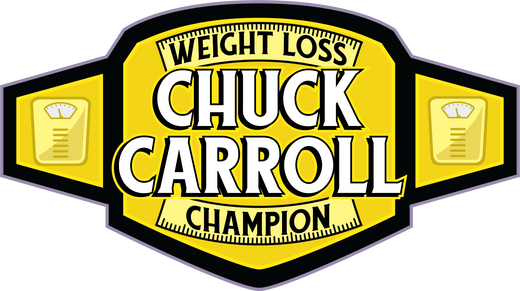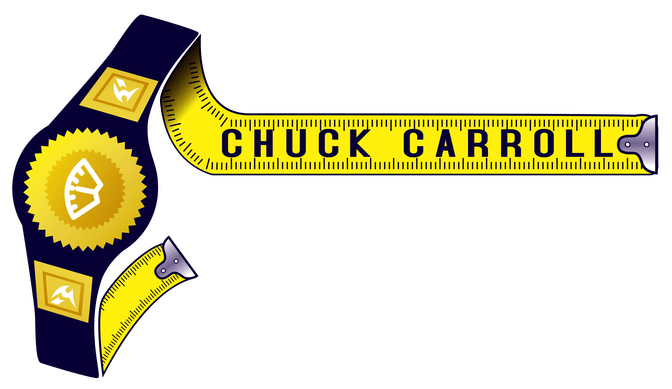What are good carbs and bad carbs? The difference between the two plays a monumental role in whether you have a skinny waistline or one that bulges over your belt.
With more than two out of three adults in the U.S. considered overweight or obese it is more important than ever to understand as much as possible about the food we eat. Poor food choices can lead to increased body size, heavier weight and an expanding waist.
Good Carbs
Good carbohydrates are also known as complex carbohydrates. The body takes longer to digest them and their energy is released over an extended period of time.
Complex carbohydrates have numerous health benefits including high levels of fiber. Because the body digests fiber-rich foods more slowly you often feel full for extended periods of time. Thus, unnecessary snacking is often avoided and fewer calories are consumed.
Complex carbs also help boost metabolism.
In addition, foods with these good carbohydrates tend to be more nutrient-dense and score low on the glycemic index.
Examples of foods with good carbs include whole grain breads, bran cereals, green leafy vegetables and fresh fruit.
Bad Carbs
Bad carbohydrates are also known as simple carbohydrates. The body digests them rapidly and quickly stores them as fat.
Simple carbohydrates tend to be lower in fiber. They are also not as nutrient-dense as complex carbs. Essentially, bad carbs are empty calories that ultimately turn into belly fat.
In addition, consuming simple carbohydrates can cause blood glucose levels to spike. The body often feels tired and sluggish after eating them.
Bad carbs also tend to score higher on the glycemic index. The infographic shown below helps to explain what the glycemic index is.
Examples of foods with bad carbs include sugary treats like candy, dessert and soda. Many breakfast cereals and refined breads also contain high levels of simple carbohydrates.
Infographic
infographic courtesy online-nutrition-degrees.com



